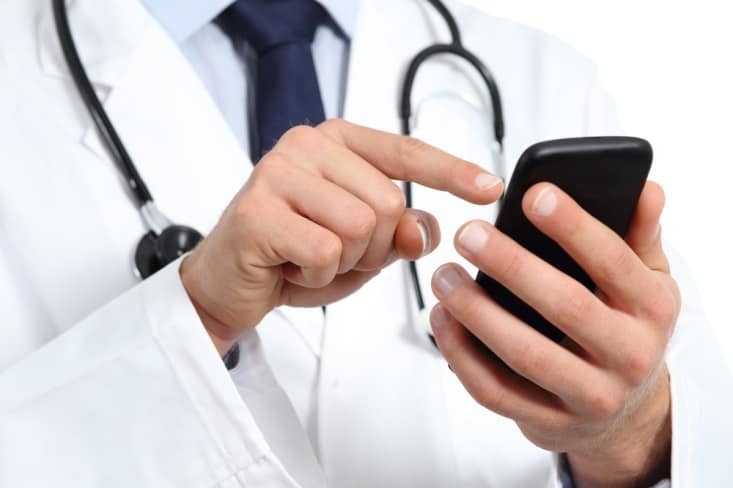These days, it’s hard to find anyone who doesn’t own or use some type of mobile device. We’ve moved far beyond the days of simple “wireless telephones” and now carry devices that are essentially computers, shrunken down to be carried in the palm of your hand.
While it seems like we can do almost anything from a mobile device, one area seems to be lagging behind in development: mobile health care. While adoption of mobile health solutions has certainly increased in recent years, there is still a long way to go despite benefitting both patients and providers. That being said, there are a few areas in which mobile solutions are likely to see explosive growth in the near future.
From Scheduling to Surveying
Mobile health care technology has the potential to benefit both patients and providers and their employees. Some of the solutions that have been identified as having the greatest potential benefit include:
Scheduling applications. Patients often list making appointments and waiting to be seen among their chief health care frustrations. Mobile solutions that allow patients to make appointments with their devices can help reduce the aggravation that often comes with making an appointment, while wait management applications allow patients to stay home until their appointment time, reducing wait time in the office.
From the provider and employee standpoint, scheduling applications not only reduce the workload for front office staff, but also in the realm of home health care, mobile scheduling applications can actually improve efficiency. Sending providers real-time updates, arranged in the best route order, can help ensure that patients are visited on time — and changes are sent quickly.
Billing and payroll. Another mobile option that is appealing to providers is within the realm of billing and payroll. Not only are apps that assist with the new ICD-10 coding standards helpful, but also apps that allow patients to compare prices and make payments are gaining traction. Again, home health care can benefit greatly from mobile applications in the realm of billing and payroll; not only can providers send information about patients directly to billing managers, but an app that allows for immediate recording of mileage and expenses reduces reimbursement paperwork and wait times.
Communication. Communication applications are another opportunity that benefits both patients and providers. Patient portals that allow patients to see their records and send and receive secure messages with their providers help with the management of conditions and also helps keep caregivers, such as family members “in the loop” when it comes to their loved ones. Providers can use portals to review test results and enter orders, in addition to communicating with patients. In fact, these portals, are an important part of the second stage of meaningful use to increase patient engagement, and therefore are poised for significant growth in the coming years.
Patient Surveillance. While a large percentage of older adults have already adopted wearable technologies to monitor their health in real time, such as heart monitors, mobile applications are likely to prove invaluable in the delivery of quality care. Not only can providers use home health care technology to keep track of their patients’ key indicators and identify potential areas of concern and possible interventions, but these applications also pave the way for more telehealth services.
New laws have already allowed for reimbursement for certain remote services, and a new of proposed new rules will make it easier for doctors to see patients via videoconferencing and other mobile tools. As demand for services increases, and expect to see mobile patient surveillance technology on the forefront of the solution for improving access.
Surveying. Patient surveys are a key part of continuous improvement, but the current practices of calling or sending a printed survey to patients is cumbersome, inefficient, and doesn’t always achieve actionable results in a short time. Mobile applications for surveying can speed up the process and provide more data to use in improvement efforts.
Drawbacks to Mobile Growth
While most agree that mobile health care technology is on the brink of a major growth spurt, there are still some factors holding it back. Security, for example, is a major concern, with HIPAA rules holding back the development of some technologies. Misconceptions about who will actually use the technology is also a factor; for example, many assume that older adults won’t embrace digital health care, when in fact the exact opposite is true. Expense and the ease of implementation and use are also key concerns.
However, even with the hurdles, mobile technology is poised to grow exponentially in the coming years. Providers who are not embracing mobile now may find that they are lagging behind before long, while those on the forefront will continue to move forward.


